Contents
Sliding shoe bearing mill maintenance
TO DOWNLOAD BOOK ABOUT KILN MAINTENANCE , CEMENT MILL PROCESS FIGURES , CEMENT CHEMISTRY , CEMENT PROCESS EXCEL SHEETS AND DIAGRAMS & MOST 25 BOOKS COVERING EVERY ASPECT IN CEMENT INDUSTRY . CLICK HERE
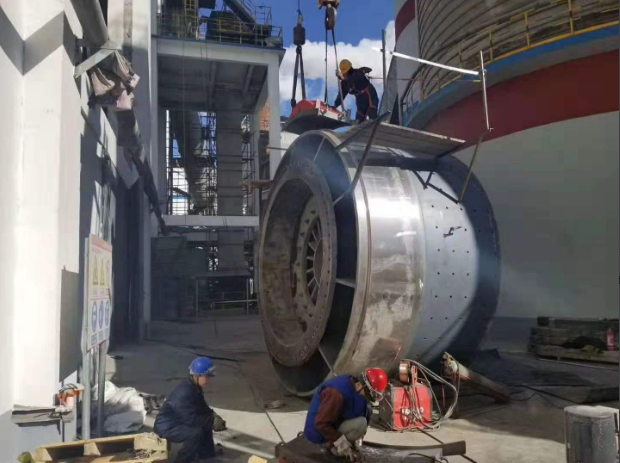
The slipper pad bearing was first installed and proven in the cement industry, where the environment was extremely harsh. The bearing design, developed totally in-house, has proven itself to be particularly resilient to contaminated lubricants and dirty conditions and has not experienced a single failure attributable to bearing design.
Additional advantages of the shell supported design were that the mill ends were free of bearings, allowing flexibility of access during relining of the mill and adjustment to the discharge end configuration.
This results in metallurgical freedom and a means of adjusting the process to ensure better performance.
Trunnion Bearing & Slide Shoe Bearing
What is difference between Trunnion Bearing & slide shoe bearing in respect of cost, maintenance, reliability?From what I understand, slide shoe bearings are cheaper for smaller and medium sized mills. So why does the industry in general only offer mills with trunnion bearings?
Is there a problem of protecting the slide shoe bearings from dirt/pulp?
raditionally trunnion bearings have a much higher specific load, as the available surface area is restricted by the trunnion diameter. Slide shoe or slipper pad bearings (as fitted to shell supported mills rather than trunnion mounted mills) are fully self-aligning, subjected only to compressive loads, and as long as the oil supplied to them is maintained, they will outlast traditional trunnion bearings. No scraping required. From a maintenance perspective, slipper pad / slide shoe bearings are maintenance free. It is the oil supply to them that requires the maintenance in terms of cooling and filtration.
The traditional trunnion mounted mill is a well-known and widely used machine. Whereas the slide shoe supported or shell supported mill is relatively young. However, there are many advantages over trunnion mounted mills with slide shoe / slipper pad bearings. The main issue (to my mind) is the relatively conservative nature of the mining industry – it is more a “if it isn’t broken don’t fix it” mentality. Regarding cost vs. size for slide shoe bearings, I don’t have the figures. All I know is that slide shoe supported mills, and especially shell support mills are slowly gaining acceptance as the technology is becoming better known.
a slide shoe bearing mill does not suffer nearly as much downtime due to slide shoe bearing issues. I believe this may be because of several factors: direct compressive loading (no significant bending moment that you get with trunnion mills), self-aligning features and proper oil lubrication. Another aspect is that access to the mill components is easier. A trunnion mill has the trunnion bearing supporting the entire weight of the mill. Changing out a trunnion rolling element (or sleeve) bearings requires the support an entire end of the mill. Specialize cradles and lifting gear is required. With a slipper pad bearing mill, the load is distributed via 4 (or more) pads per end. Changing out one pad (if at all necessary) is simple – the mill weight is taken by the remaining slipper pad bearings. I must quantify and state I am talking about shell supported mills with self-aligning pad bearings – there are (I believe) trunnion mill around also with pad (single sleeve or multi-pad) bearings, but these are not self-aligning, and still sit inside the trunnion.
What about eventual oil spillages? Oil pollution? Sealing problems? Are there any relevant elements of comparisons to do?
Correct installation and active preventative maintenance strategies, including oil sampling, cleaning and filtration all gear towards stable operation of this type of equipment. A well designed multi-lip labyrinth circumferential sealing system has two purposes: keeping oil in and contamination out. On very large mills, the challenges posed by large circumferences and high operating speeds will see even the best designed seals having trouble to cope. My opinion is that having some oil coming out is better than letting contamination in, in that this also lubricates the seals. Regardless of the type of bearings used in a mill, sealing against contamination will always be an issue.

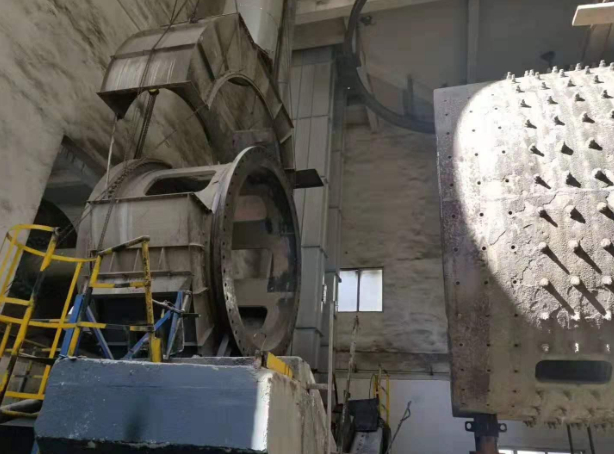
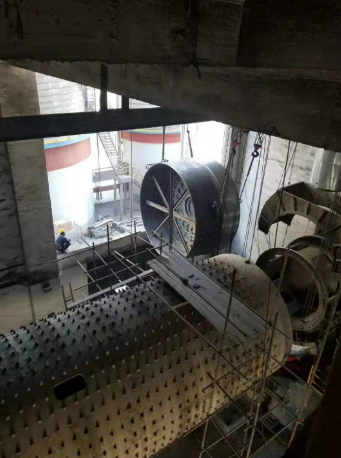
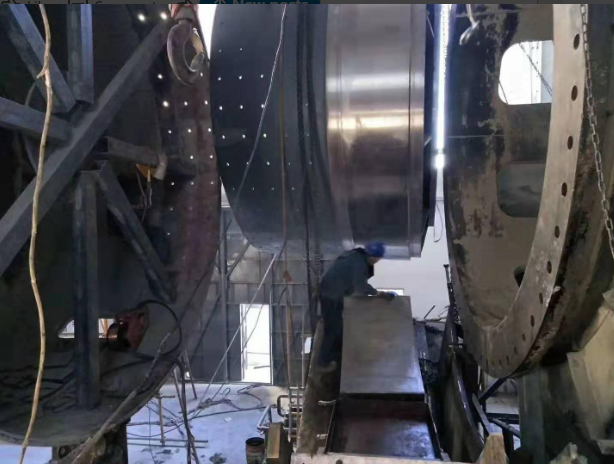
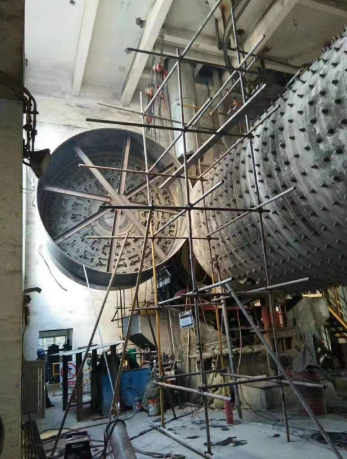
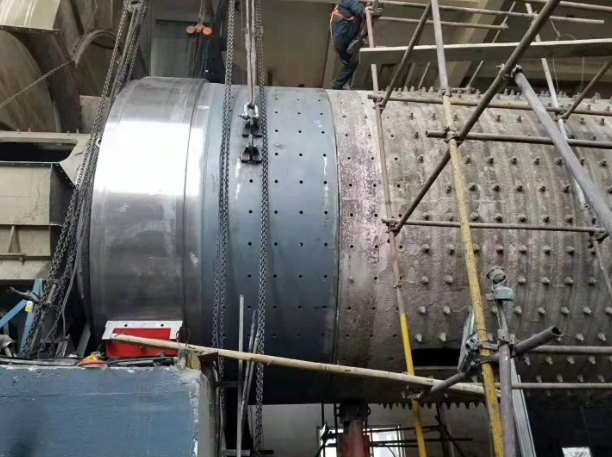
My experience over years with both types of mill bearings is that the slipper pad design is easier to change as you only have to “jack” the specific slipper pad down (while the rest still carries the mill load). Normally you would have pressure gauge indicators that would tell you which bearing has lost pressure. You would thus know which one to inspect.
The only problem I have experienced is that the amount of oil required for the slipper pad design is substantially more than the white metal trunnion bearing type. If your mill is located in a very dusty environment is becomes a huge challenge to keep the oil clean you need to check your seals more frequently.
For white metal trunnion bearings (hydro-static or hydro dynamic) the system is normal close circuit with filters intact thus making contamination less obvious.
From a cost perspective the price of keeping one or two spare slipper pads in stock (for a mill with typically 10 pads intact) is far less than having a spare white metal trunnion bearing in stock.
Irrespective, if you are close to a white metal supplier your downtime is around 48 hours should you lose a bearing. You can make your own calculation regarding the necessity of having a spare at all.
When comparing a roller bearing to a white metal bearing it is a NO BRAINER (especially for large mill trunnion bearings). Just the capital cost of having a spare roller bearing in stock (just in case) tips the scale towards the white metal case. If you then add the supplier guarantee into the package (and getting them to site when you need them), the roller bearing is out of the window.
I have had many a client requesting that we change the installation from roller bearings to white metal. Obviously this can be done but the mill downtime is something to consider (as the civil works take time to cure). This is surely an option if you are in a remote location where bearing experts are hard to fly in during times of crisis.